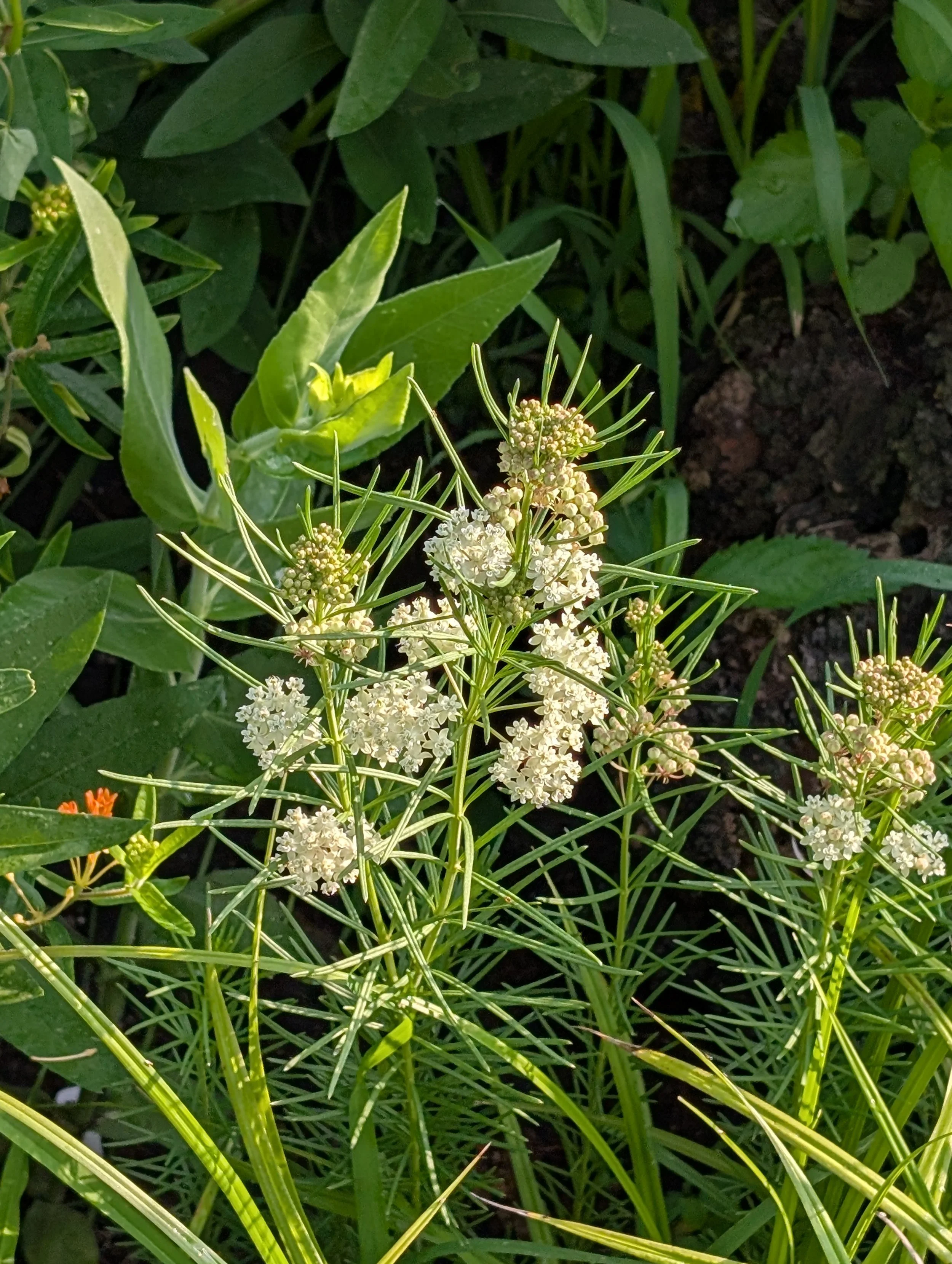Bloom: early to late summer
Habitats: bluegrass meadows; grassy slopes along highways; gravel prairies; hill prairies; limestone glades; openings in rocky upland forests; pastures and abandoned fields; rocky bluffs along major rivers; sand prairies; sandy savannas; upland prairies; waste areas
Lifespan: perennial
Moisture: mesic to dry
Plant type (height): forb (1 to 2.5 feet)
Requirements: full sun
Soil: clay-loam; gravel; loam; sand

